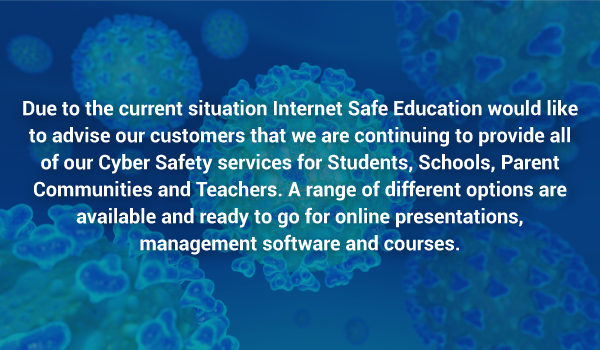Communication among teenagers has taken on a whole new dimension with the use of emojis and acronyms. This secret language allows teens to express themselves more creatively and succinctly, adding layers of meaning to their conversations. Emojis, those colourful icons that convey emotions and ideas, have become a universal language transcending borders and languages. Meanwhile, acronyms like LOL (laugh out loud) and SMH (shake my head) have revolutionized how quickly and efficiently messages can be communicated in the fast-paced realm of social media, gaming, and texting.
While these forms of communication may seem harmless, they can also be used to conceal conversations from parents and other adults. Even more concerning, but not coincidentally, is how emojis and acronyms are also used by predators to hide the intention of communications with young people or by criminals to conceal criminal activity.
In January, the AFP-led Australian Centre to Counter Child Exploitation (ACCCE) released an article ‘Knowing your emojis to keep your kids safe’ , highlighting a concerning trend of predators using emojis to groom children online. They were imploring parents to educate themselves on the hidden meanings of emojis and acronyms and included a list of ones to watch out for including the following.
CD9 or Code 9: Parents are around
POS: Parent over shoulder
DPW D***: pictures welcome
LMIRL: Let’s meet in real life
NP4NP: Naked pic for naked pic
ASL: Age/Sex/Location
To help parents and educators decipher the secret language of teens, Bark Australia, the parental control app, also has a great emoji factsheet. It has some of the more commonly known emojis with visually obvious meanings however it does include some that may surprise you.
Language is important for all cultures, all walks of life and even more important for families and young people when navigating the online world. Sometimes it will be about our children wanting to hide information from us but there is a fine line between online chatting with strangers and falling victim to grooming by an online predator. For parents, it’s essential to understand the emojis and acronyms commonly used by teens to ensure they are staying safe online. By familiarising themselves with popular emojis and acronyms, parents can better monitor their children’s online interactions and identify any potential red flags early and be armed with the information to tackle the hard conversations or report to the police.


